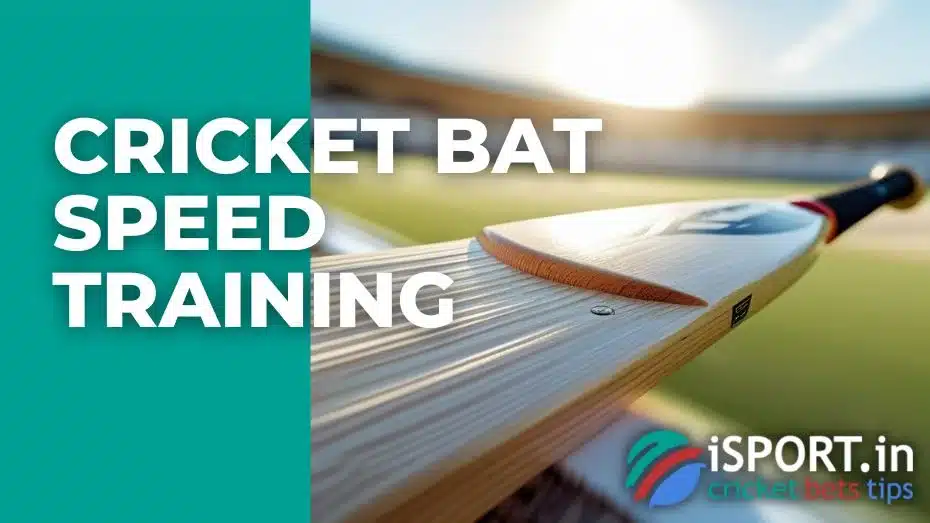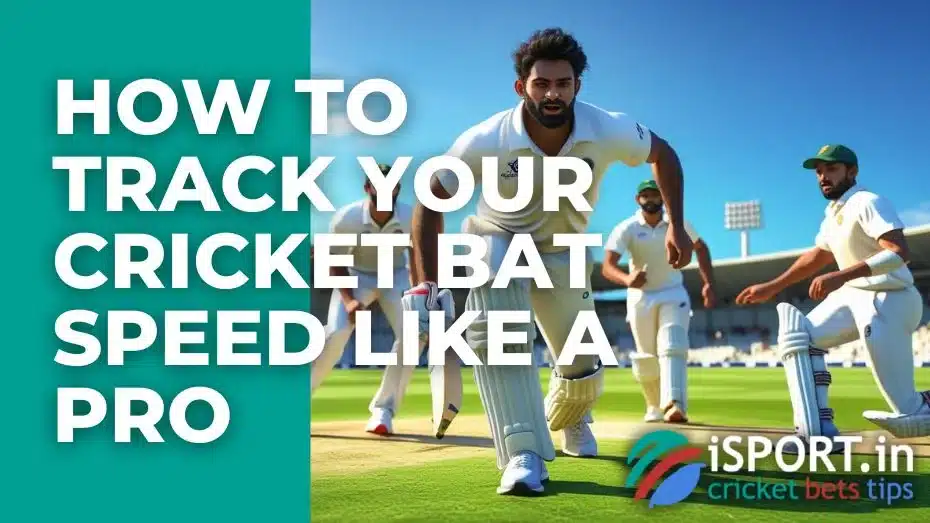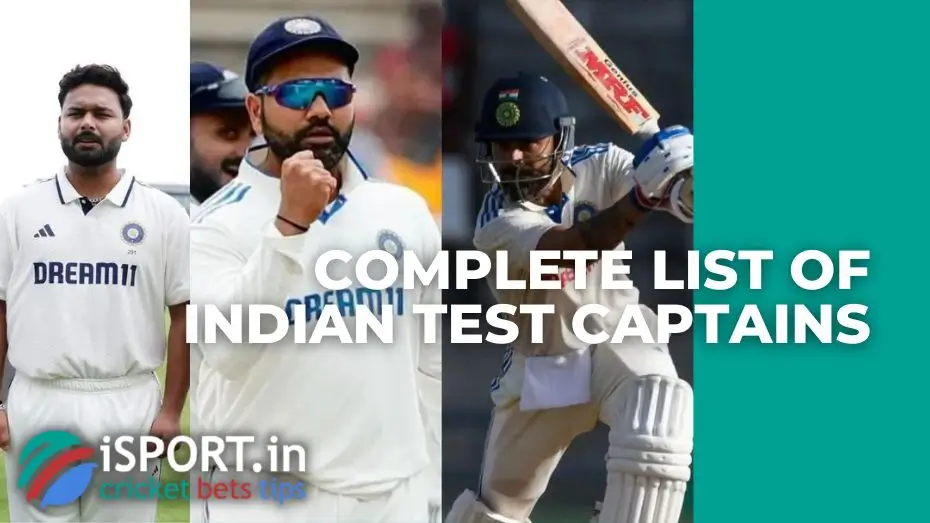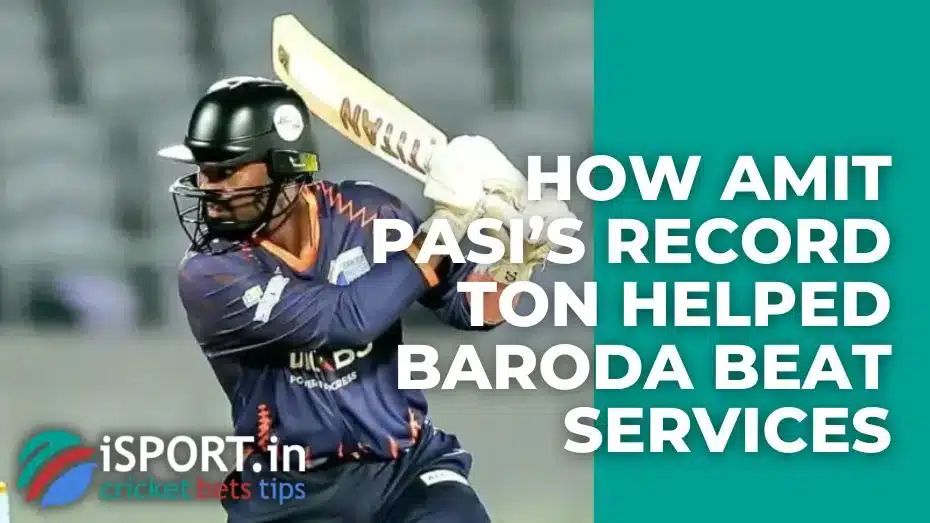How to Boost Your Cricket Bat Speed

A powerful stroke in cricket requires more than simply physical strength. The pace at which you swing is the starting point. Your odds of hitting the ball over the boundary, scoring runs or ripping the field apart increase as the bat speed increases. The bright side? Bat speed isn’t innate; rather, it’s developed via practice, knowledge of one’s own mechanics, and correct technique.
Whether you’re looking to improve your cricket bat speed, level up your game, or use a tech tool to monitor your progress, this article will show you the ropes.
What Impacts Your Bat Speed in Cricket
Your swing is an intricate motion that involves more than just your wrists; it engages your entire body, including your shoulders, arms, core and legs. Thinking it’s all about arm strength is a rookie mistake. Coordination and timing are really crucial.
Improving your swing speed to its maximum potential depends on a number of things. Different ones focus on physical activity or technique. Your cricket equipment, particularly the balance and weight of your bat, can have a significant impact on your shot. This is the most important thing:
- Starting bat position – the higher you raise it, the more runway you’ve got to build speed.
- Swing arc – a wider arc = more momentum.
- Forearm and wrist strength – these give you that last-second burst right before contact.
- Core and hip rotation – that’s where real power gets built and transferred.
- Bat weight and balance – lighter bats whip faster, heavier ones bring the punch but may slow you down.
To achieve cricket bat speed, your body coordinates all these mechanisms. The hitch is that pumping iron isn’t going to be enough. Extra muscle doesn’t improve form and can even cause injury if not used properly.
That’s why your first move should always be cleaning up your form. Then layer on strength training that fits cricket – we’ll get into that next.

Cricket Bat Speed Training: Exercises That Actually Work
If you want a quicker swing, you need to strengthen the muscles that control it: your core, wrists and forearms. They propel you forward from setup to follow-through in your swing. This is hardly a bodybuilding exercise, though. A key component of cricket bat speed is explosive power, or the ability to quickly and forcefully unleash one’s muscles to their maximum potential. Put slow and steady aside. You must be quick and nimble. A breakdown of effective workouts is as follows:
| Exercise | Target Area | What It Does |
| Dumbbell wrist curls | Wrists & hands | Sharpens control and adds that final flick |
| Weighted bat swings | Shoulders & core | Builds powerful range of motion |
| Finger-tip ball holds | Grip | Boosts finger strength and bat control |
| Pull-ups | Back & shoulders | Reinforces stability during swings |
| Resistance band swings | Upper body | Trains explosive coordination and timing |
Most of these don’t even need fancy gym gear – water bottles, resistance bands, or even an old bat will do. Perfect for home workouts.
The rule of consistency is more important than intensity. Real progress may be achieved with just two or three concentrated training sessions each week, rather than daily training. Those repetitions won’t help you improve your game unless you’re using correct technique consistently.
Cricket Bat Speed: Learning from the Fastest Swingers in Cricket
Even though most official swing speed stats aren’t public, there are players whose cricket bat speed is the stuff of legend. They don’t just hit hard – they hit smart, clean, and fast.
Here are some fan-favorites when it comes to lightning-fast swings:
- David Warner (Australia) – Gets serious whip from any stance with his rapid trigger.
- Chris Gayle (West Indies) – Short, compact, and brutally effective swing.
- AB de Villiers (South Africa) – Trademark high lift and explosive follow-through.
- Yuvraj Singh (India) – Known for that silky-smooth, aggressive bat flow with pinpoint accuracy.
Even just watching these players in slo-mo can help you pick up subtle moves in their technique. Better yet, film your own swing and compare – you’ll spot what needs tweaking real quick.
And it’s not just these guys. Plenty of players across formats (from elite leagues to youth setups) are out there showing what top-tier cricket bat speed looks like.

How to Track Your Cricket Bat Speed Like a Pro
Let’s be real: if you’re not measuring it, you’re just guessing. You could be training for weeks and still not know if your swing’s actually gotten quicker.
That’s where tech like the StanceBeam Striker comes in. It’s a tiny sensor you pop on top of your bat, sync it to your phone, and boom – instant feedback.
Here’s what it tracks:
| Metric | What It Tells You |
| Max bat speed | Peak velocity just before contact (in km/h) |
| Speed at impact | How fast your bat is moving when it hits the ball |
| Power output | Estimated force in watts |
| Swing duration | Time from start to contact |
| Swing angles | The shape and position of your swing before and after impact |
| Swing path & angle of attack | Direction and angle of the bat path |
| Shot efficiency | Ratio between peak speed and speed at contact |
These numbers help you pinpoint where your cricket bat speed drops off. If your swing peaks too early, for example, you’re bleeding energy before impact. Too late? You’re not getting the most out of your body’s force curve.






